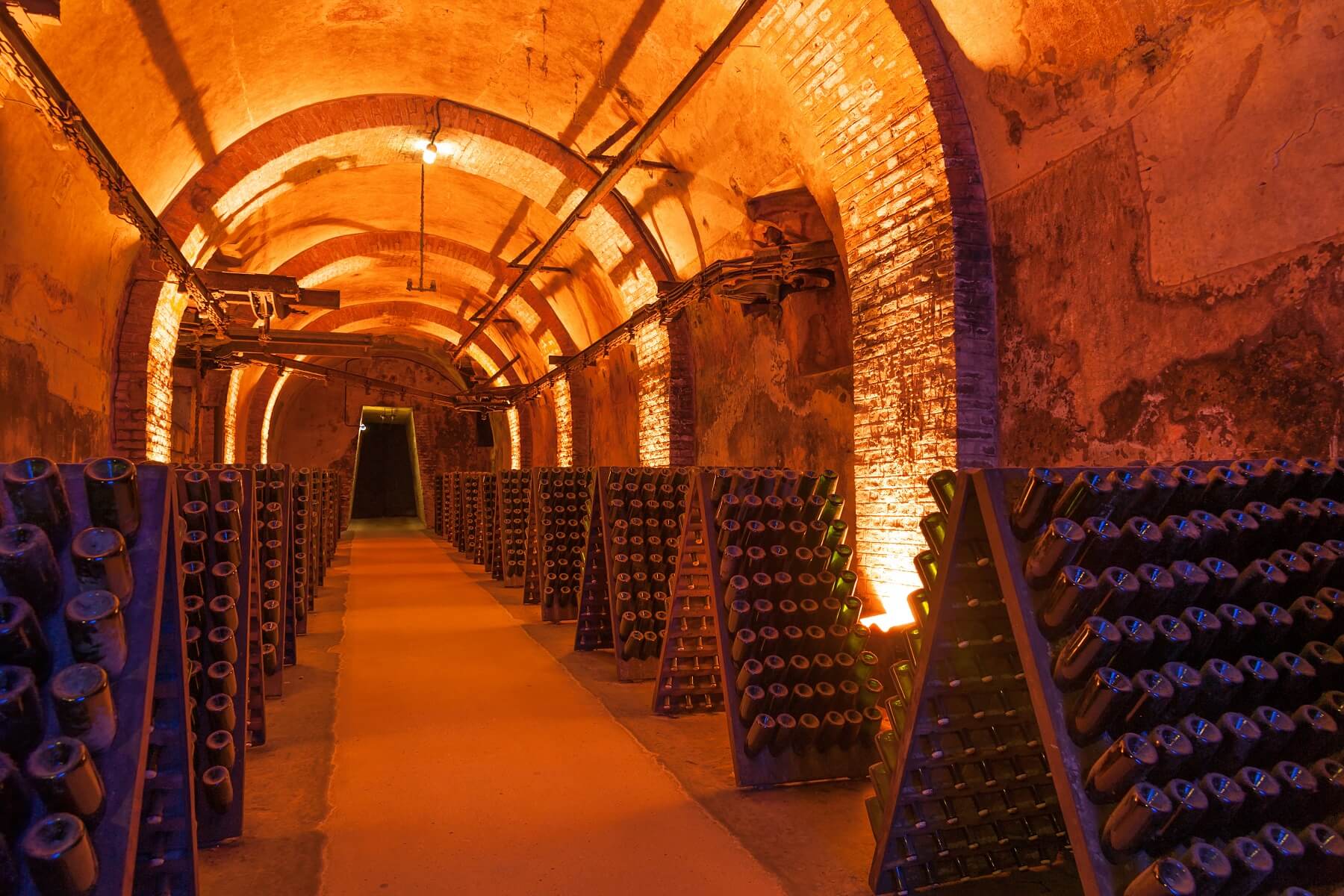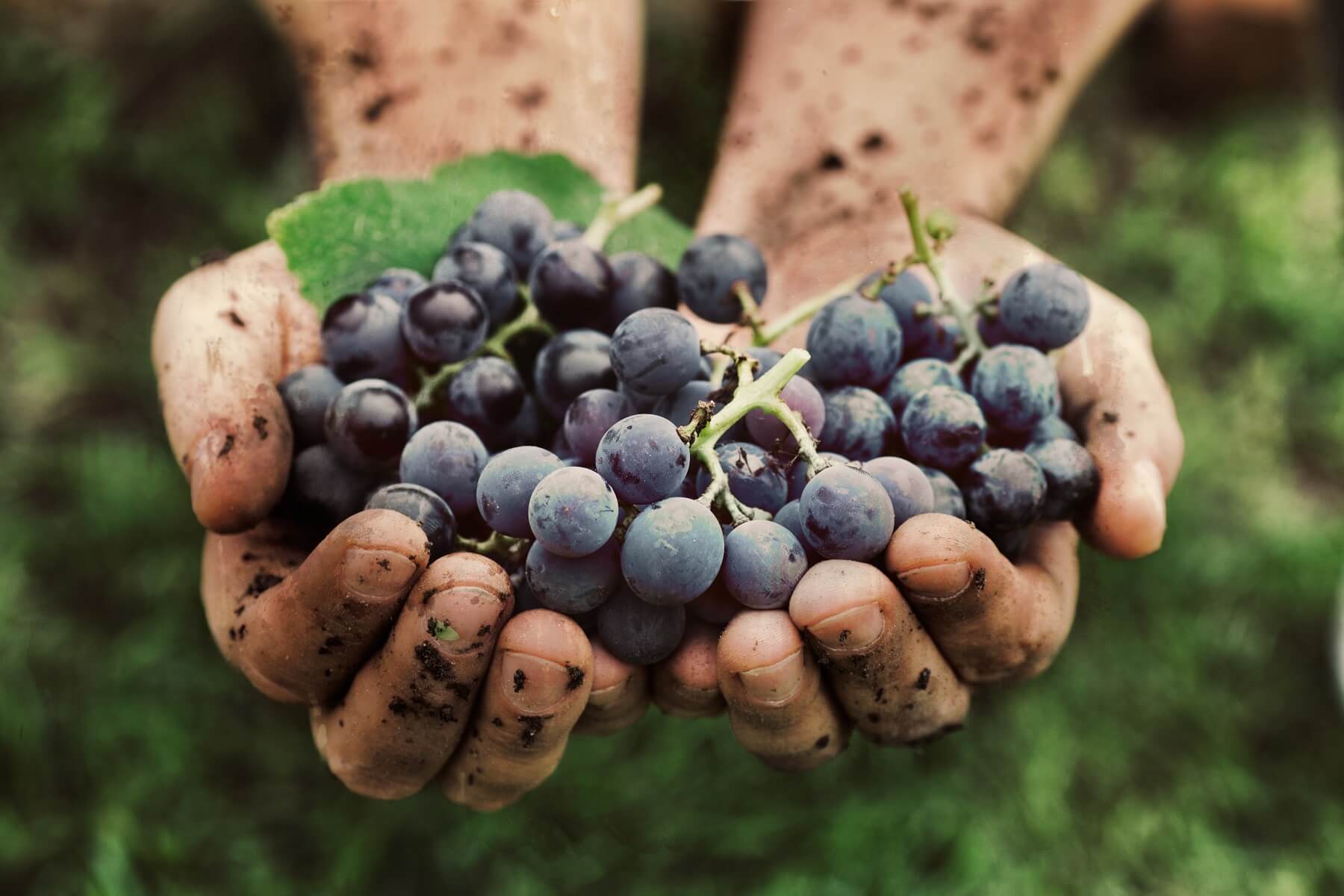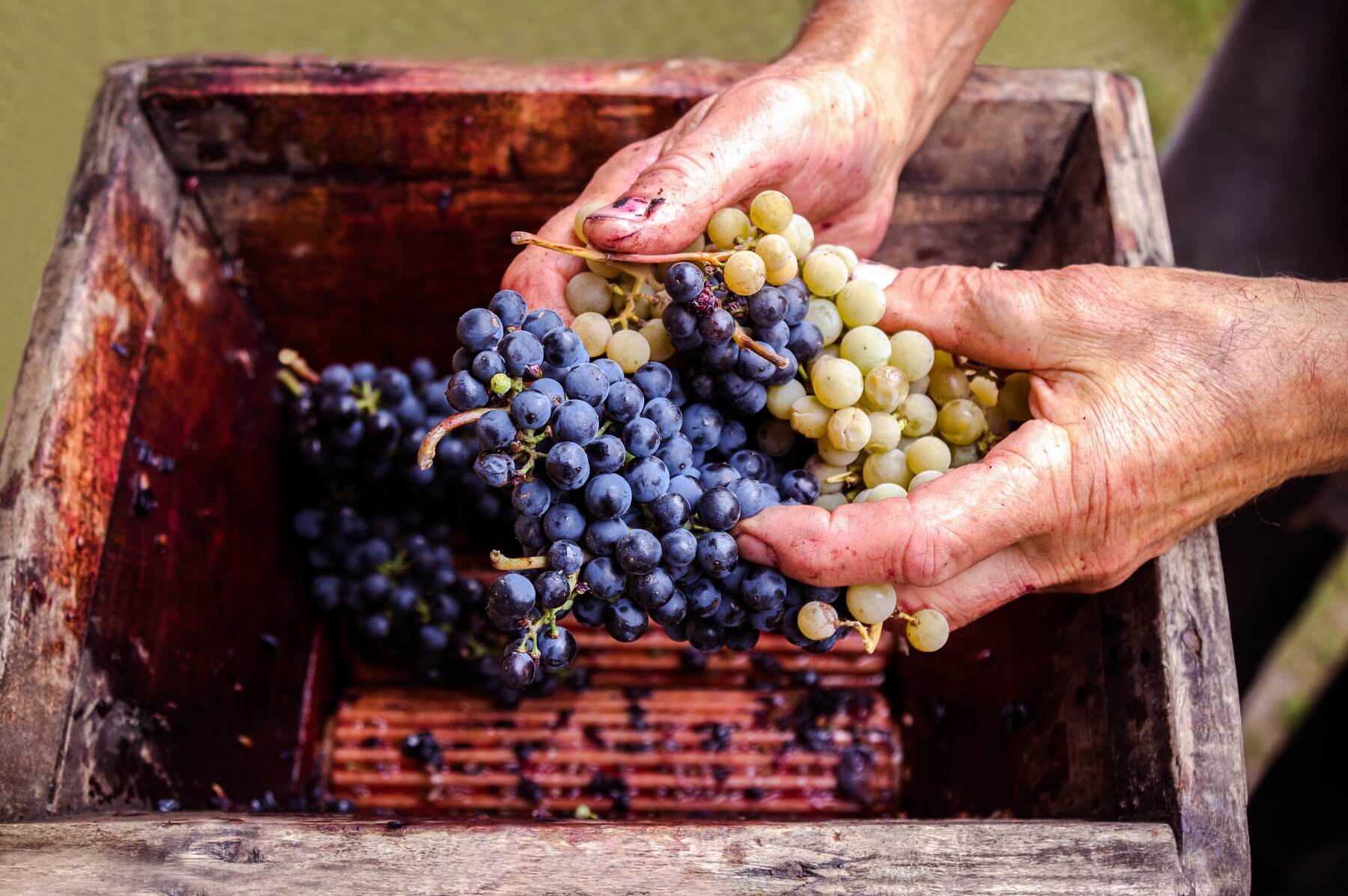

A brief guide to sediment in wine!
The organic revolution in wine is very much upon us, and you can hardly move these days without being offered a bottle of something extolling the virtues of its sustainability and zero-intervention credentials.
In fact, the scene is becoming ever more extreme in its quest for purity - nowadays, it isn’t uncommon to find things like local, wild yeasts being used for fermentation, and wineries boasting about their hand-picking techniques and no-trellis vineyards. It is a very exciting time for wine, and the whole industry is being shaken up by these eco-conscious movers and shakers.
There’s a bit of chaff among the wheat, for sure, but the non-organic wine market isn’t exactly free from dud bottles, either. Every now and then however, you might be (lucky?) enough to find something else apart from wine in your glass!
Unfiltered wines tend to have a bit more than usual when it comes to the gunk that settles at the bottom of your bottle, and stains your glasses. That’s right; I’m talking about sediment.
The View From the Bottom of Your Glass
Sediment is a reminder for all of us that wine is a natural product, really only made from one ingredient: grapes. There was a time - not too long ago, either - that all wine was ‘organic’, in the simplest sense of the word. As such, sediment would have been something our ancestors would have been more than accustomed to seeing, and it is precisely because of this that some of our wine traditions and practices arose.
Today, we live in an age obsessed with perfection, cleanliness and sterility. Modern wineries go to great lengths to refine and filter their wines, removing every trace of sediment, lest it shocks and appalls the modern wine drinker, and puts them off their bottle. The organic vintners out there are, if anything, an interesting reaction to this sensibility, celebrating wine in all its wonderful, natural state.

But what is sediment, and what can we do about it?
Sediment is essentially all the bits and pieces that hang around in the grape juice after it has been fermented and turned into wine. It’s something which primarily affects red wine, and for good reason: red wines (unlike white wines) are made not only of grape juice, but of the entire grape.
The skins, seeds, stems and more get crushed all together when the juice is extracted, and contact is needed with these extra bits in order for the colour, tannin and other important components to become part of the wine.
Sediment, therefore, is the traces of these parts of the grape which get left behind, along with other things like dead yeast cells. They tend to float in the bottle, invisible to the naked eye, and eventually settle at the base or in the bottom of a glass.

Aged red wines often contain quite a lot of sediment, especially those which have stayed in a bottle in a cellar for a few years, because the particles have had plenty of time to gather together and sink to the bottom. Many organic, biodynamic and ‘vin naturel’ wineries don’t bother with anything other than the most basic fining processes, and wear their sediment-heavy bottles as a badge of pride, in the belief that the more sludge there is, the more ‘natural’ their wine is.
Sediment is essentially harmless. It isn’t very pleasant on the tongue or palate, and it isn’t something you really want a mouthful of. However, it’s worth keeping in mind that there is nothing in the sediment which isn’t already in the wine. It can be removed very easily by using a [decanter](http://blog.thewinegallery.com.au/decanters-what-are-they-and-what-are-they-for/0 (this is partly why decanters were invented and were so popular in the past), or by careful pouring. So, do you need to worry about sediment? In a word, no.
Crystals in Wine?
Crystallisation is another thing altogether, and it’s highly likely you’ve come across it at some point due to its prevalence and the fact that it affects quite a lot of different white wines. If you’ve ever pulled a cork, and seen what looks like little bits of broken glass on the bottom of it, you’ve encountered crystallisation.
Unfortunately, a lot of people see these crystals, and (understandably) assume that their wine is flawed, ruined, or even tainted with real broken glass, leading them to pour the wine down the sink.
You’ll be pleased to hear you absolutely don’t have to do this, and that these crystals are - like sediment - a naturally forming phenomenon which is simply a part of the winemaking process.
Just as red and black grapes have naturally high levels of tannin and other chemicals in the fruit, white grapes often have high quantities of a chemical called potassium bitartrate. If you’re a keen home chef, you’ll be familiar with the stuff - it’s normally sold under the label ‘cream of tartar’. This is a naturally occurring chemical, and it’s completely harmless; although again, it’s not necessarily something you want swimming in your wine glass.

Bitartrate crystals occur when wineries choose not to undertake something called ‘cold stabilisation’, a refining process wherein the wine is kept for about three weeks in a stainless steel tank kept at a refrigerated temperature. This will help the tartar crystals to form together in big chunks, and like the sediment we discussed before, drop to the bottom to be easily removed.
Even if this process is completed, it doesn’t always remove all of the potassium bitartrate from the wine, so the crystals can form once they’re in your fridge at home. Does it matter? Not especially - they aren’t going to do you any harm, and again, they can be removed quite easily by careful decanting.
As organic wines and the like continue to grow in popularity, there’s a chance we’re going to see more unfined, authentic wines on our shelves. It's probably preferable to just have wine in your glass, but I do admire the thinking behind these more rustic, realistic and unprocessed wine styles. If it tastes great, and has something interesting to offer my wine rack, I’m all in favour of whatever the wine world throws at me!
For the love of wine, allow us to guide you into wines that truly match your personal tastes. Head on over to our wine palate quiz and answer so we can recommend three bottles we'll think you'll love. Click on the link below!
Next up: Take our Wine Palate Quiz and we'll match your personal tastes to our top three recommended bottles just for you
Do you know your wine personality? If your answer is no, take our quiz to find out which wines to pick up next and build your box!
Build my box





